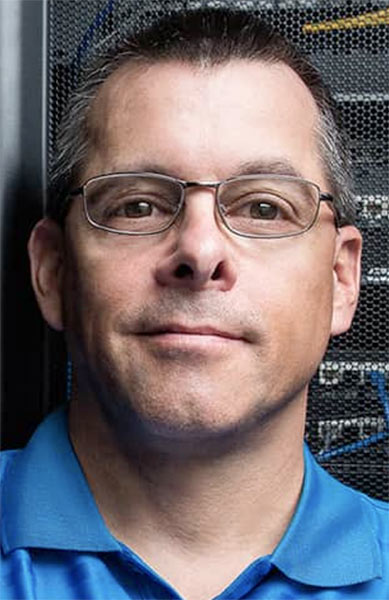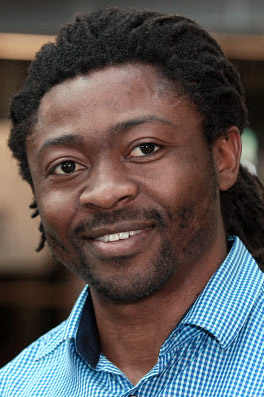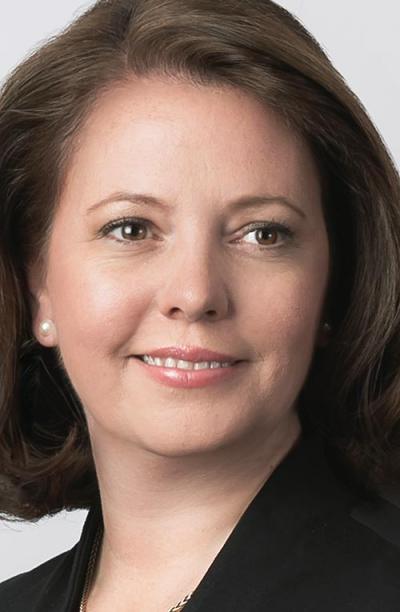

 Last April, I shared information about a multistakeholder process that CIRA is part of, which seeks to identify and guide the development of policy around the Internet of Things (IoT), putting security at the heart of internet innovations in Canada. Since the formation of this process, we've made quite a bit of progress and I'm pleased to share some of that with you.
Last April, I shared information about a multistakeholder process that CIRA is part of, which seeks to identify and guide the development of policy around the Internet of Things (IoT), putting security at the heart of internet innovations in Canada. Since the formation of this process, we've made quite a bit of progress and I'm pleased to share some of that with you.
It is once again time for our annual review of posts that received the most attention on CircleID during the past year. Congratulations to all the 2018 participants for sharing their thoughts and making a difference in the industry.
 Do you know someone who has played a major role in the development and advancement of the Internet? Now is the time to recognize their contribution. Nominate them for the 2019 Internet Hall of Fame. With more than 100 inductees, the Internet Hall of Fame celebrates Internet pioneers and innovators who have pushed the boundaries to bring the Internet to life and make it an essential resource for billions of people today.
Do you know someone who has played a major role in the development and advancement of the Internet? Now is the time to recognize their contribution. Nominate them for the 2019 Internet Hall of Fame. With more than 100 inductees, the Internet Hall of Fame celebrates Internet pioneers and innovators who have pushed the boundaries to bring the Internet to life and make it an essential resource for billions of people today.
 It is not often that you read a book where afterward nothing seems the same again. Like Adam Smith's The Wealth of Nations, Shoshana Zuboff's book: The Age of Surveillance Capitalism: The Fight for a Human Future at the New Frontier of Power,, puts what we do in these times into a context and gives a focus to ongoing issues of privacy and governance with regard to the Domain Name System. This is even more astonishing as the book does not even mention the DNS, the Internet ecosystem or even Internet Governance directly.
It is not often that you read a book where afterward nothing seems the same again. Like Adam Smith's The Wealth of Nations, Shoshana Zuboff's book: The Age of Surveillance Capitalism: The Fight for a Human Future at the New Frontier of Power,, puts what we do in these times into a context and gives a focus to ongoing issues of privacy and governance with regard to the Domain Name System. This is even more astonishing as the book does not even mention the DNS, the Internet ecosystem or even Internet Governance directly.
 In today's fast-paced world of IoT, perhaps one of the most significant involves the rapid identification of civilian drones -- more formally known as an Unmanned Aerial Vehicle (UAV). The identification of civilian UAVs has become a critical public safety concern today. Establishing a flexible, trusted global means for identifying these objects through worldwide supply chains and resolving the identifier tags to a responsible party rapidly via a network-based resolver is a high priority.
In today's fast-paced world of IoT, perhaps one of the most significant involves the rapid identification of civilian drones -- more formally known as an Unmanned Aerial Vehicle (UAV). The identification of civilian UAVs has become a critical public safety concern today. Establishing a flexible, trusted global means for identifying these objects through worldwide supply chains and resolving the identifier tags to a responsible party rapidly via a network-based resolver is a high priority.
 Globally, people are connecting more and more "things" to the Internet. Devices that were traditionally offline or dumb like refrigerators, cars, watches, home cameras, air condition, door locks, agriculture monitoring devices, etcetera, are now being connected to the Internet. This is referred to as the "Internet of Things" (IoT). Using sensors, IoT devices collect data of some sort, which is then most likely shared over a network connection to a service provider, where some analysis is performed on the data.
Globally, people are connecting more and more "things" to the Internet. Devices that were traditionally offline or dumb like refrigerators, cars, watches, home cameras, air condition, door locks, agriculture monitoring devices, etcetera, are now being connected to the Internet. This is referred to as the "Internet of Things" (IoT). Using sensors, IoT devices collect data of some sort, which is then most likely shared over a network connection to a service provider, where some analysis is performed on the data.
In a recently published Uptime Institute Survey, Uptime Institute found that organizations operating data centers are finding it increasingly difficult to recruit professionals skilled in security, networking, and hybrid technologies. This realization comes at an interesting time, as the monolithic business infrastructure built over the last two decades is now entering a period of transformation.
Digital Transformation (DX) is picking up speed. According to a recent announcement by IDC, the market is expected to grow at a Compounded Annual Growth Rate (CAGR) of 17.9% to reach a whopping 321 billion dollars by 2021. In 2018 alone, IDC expects that 326 billion will be spent on transforming how people and things communicate. Based on these numbers, it looks like Digital Transformation has become the real deal.
 Security for Internet-connected devices, the "Internet of Things" (IoT), is critically important. Now, more than ever, it is top of mind for device manufacturers, network operators, consumer advocates, lawmakers, and government regulators -- domestically and internationally. In the face of recent attacks, government authorities and consumer advocates have proposed legislation, frameworks, certifications, and labeling schemes.
Security for Internet-connected devices, the "Internet of Things" (IoT), is critically important. Now, more than ever, it is top of mind for device manufacturers, network operators, consumer advocates, lawmakers, and government regulators -- domestically and internationally. In the face of recent attacks, government authorities and consumer advocates have proposed legislation, frameworks, certifications, and labeling schemes.
 As discussed in previous analyses, the arrival of 5G will trigger a totally new development in telecommunications. Not just in relation to better broadband services on mobile phones - it will also generate opportunities for a range of IoT (internet of things) developments that among other projects are grouped together under smart cities (feel free to read 'digital' or 'connected cities').
As discussed in previous analyses, the arrival of 5G will trigger a totally new development in telecommunications. Not just in relation to better broadband services on mobile phones - it will also generate opportunities for a range of IoT (internet of things) developments that among other projects are grouped together under smart cities (feel free to read 'digital' or 'connected cities').